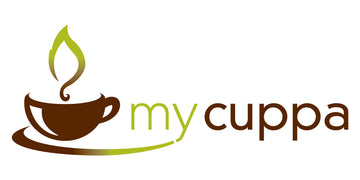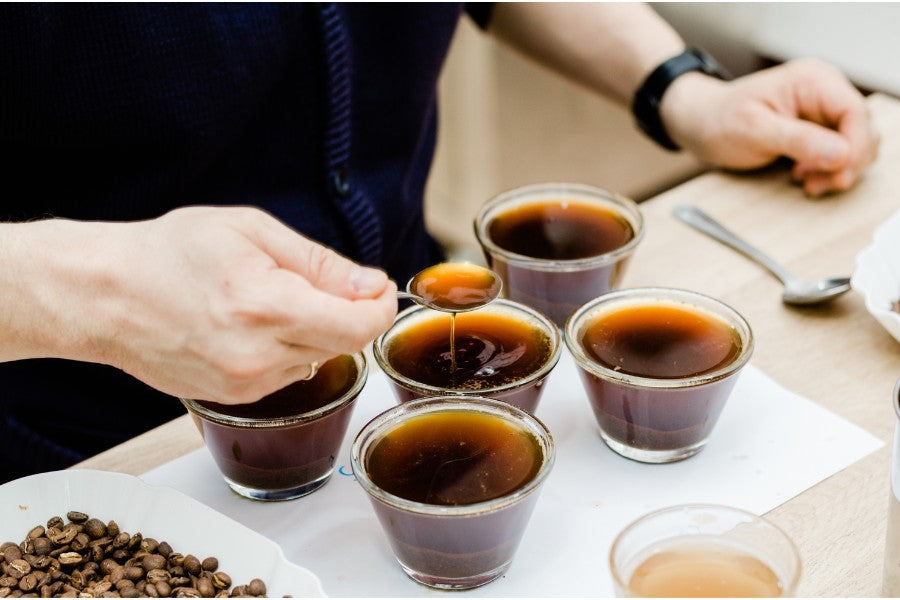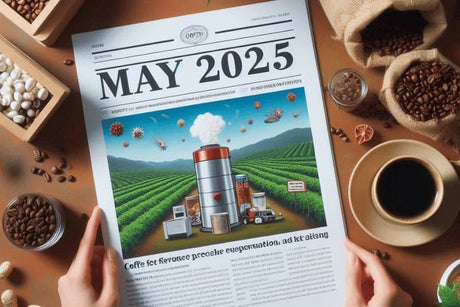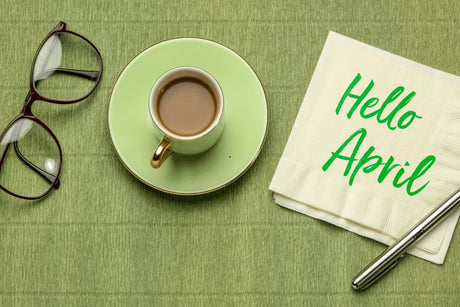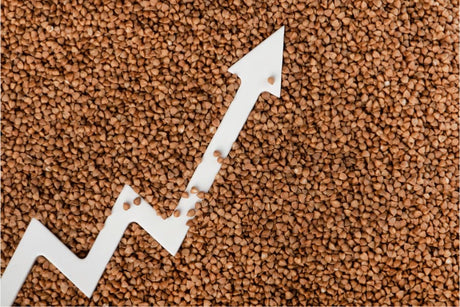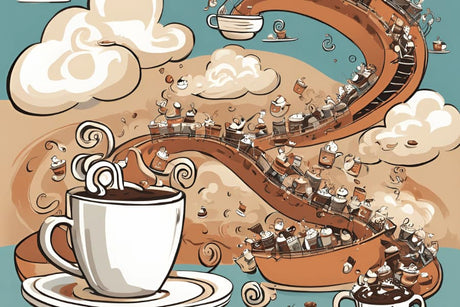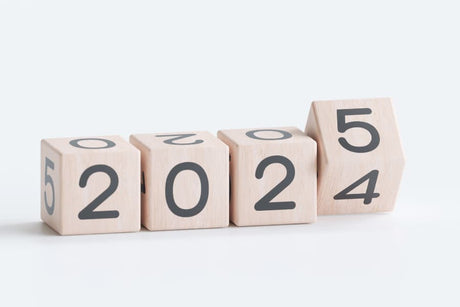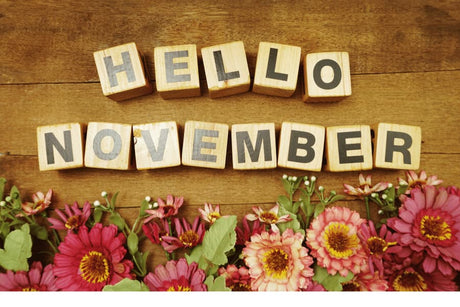“Clients don’t care about the labor pains; they want to see the baby.” — Tim Williams
mycuppa August 2017 Newsletter
Why coffee-tasting notes rarely live up to the promise
So, the label says - berry, apricot, honey and toffee, but all I am getting is a sweet coffee experience in my latte - where's the apricot? Is it me who can't pick it?
If this sounds familiar, have you ever wondered why you may not be hitting those seductively arranged tasting notes with your coffee?
Don't worry; it has nothing to do with you or your equipment.
Surprisingly, many coffee enthusiasts get trapped in a never-ending cycle of upgrades.
A severe affliction that involves jumping from machine to machine and grinder to grinder, spending way too much money in desperate attempts to search for a solution that enables them to "taste those damn notes".
Coffee forums are filled with extremists preaching about how their new grinder unlocks previously unnoticed fruit notes.
The reality is that most of the time, it's separate from your equipment. Still, of course, the best equipment in the hands of the skilled can amplify the coffee experience.
We must go back to evaluating and roasting coffee to understand why there is a disconnect between the desirable tasting notes and actual coffee.
You may be surprised to learn that raw coffee is graded many times along the stages in the flow of goods.
Farmers make assessments and management decisions such as isolating particular cherries, blending or processing them using different methods, e.g. sun-dried, washed, honeyed, fermented, pulped, dried, etc. Many farms need a processing capability and sell the cherries to mills or Co-ops.
When the farmer is ready to sell his wares, he may submit samples to buyers, Co-ops, mills or import/export agents.
He begins by ascribing a valuation on the raw coffee linking to variables such as quality, supply & demand and the prevailing market conditions.
At this stage, the raw coffee is measured or scored for many physical attributes such as moisture, density, screen size, visual appearance, defect counts, consistency, etc.
Small sample devices are now used to roast raw coffee, with batch sizes as low as 50-100 grams. The coffee is roasted without the elaborate controls in larger commercial roasting machines.
The sample roasters will only take the raw coffee (roast) to a lighter depth compared to the normal roasting depth applicable for general consumption.
This sample roast depth is according to an established "cupping" standard, and it's crucial for detecting various attributes and defects from the roasted coffee sample.
The coffee roasted for sample depth cannot be used on an espresso machine as it is too lightly roasted and will taste sour, grassy, woody, weak, and unpleasant.
Instead, it's ground coarse and steeped in water for a controlled period; the crust is removed for "slurping" the resultant brew like wine tasting, except it can get entirely animated as the slurping may be intense with a high-pressure whistle to draw the coffee across the entire palate before being spat out.
However, despite the lightly roasted sample not being able to be used across many of our traditional brewing devices, it can have impressive clarity to the trained and calibrated palate - so much clarity that it would diminish or even disappear when roasted for espresso.
The sample roasted coffee undergoes a structured evaluation system where attributes such as aroma, acidity, flavour, body, balance, and aftertaste are scored out of 10.
At this precise stage, trained "cuppers" develop their commentary on what they are tasting in the coffee. Often, defects will be more pronounced, so it's an assured way of comparing and separating superior from inferior.
As it's lighter roasted, many of the inherent fruit elements of the coffee bean will be at their most prominent. Typically, these fruity descriptors appear on most coffee bean-tasting notes (and also often the holy grail for light-roasted brewing enthusiasts).
Generally, as the roast progresses in depth (darker), some or many of these fruits will decline, or through the natural transformation of sugars and carbohydrates within the bean cell structure, a type of caramelisation will produce dominant notes of toffee, caramel, chocolate that we are more accustomed to drinking with espresso-based beverages.
A lot of the high-grown, hard, dense, thoroughly washed Central and South American beans we purchase will have one or many fruit descriptors - as a simplistic example, stone fruit (Guatemala), apple (El Salvador), apricot (Costa Rica), orange (India), pear (Nicaragua), etc.
This is different from a typical representation of the origin's fruits. Instead, it consists of various primary fruits that are subject to change as new lots arrive in our warehouse.
In other words, it's possible to detect apples from many different regions, so you can't simplistically refer to an origin having "this" type of fruit.
Customers often ask us to roast the coffee lighter as they want to use it in some special filter brew method, yet 10 minutes later, another customer asks us to roast the coffee darker.
This pulling from both ends is a constant tension.
The roasting depth we arrive at for any specific bean in our portfolio is not a guess, an accident or a clone. It's a balance of profile that we look for - we roast the coffee, test it, decide on what can make it better, try it again and keep this optimisation optimisation process repeating for the entire period we have a bean. In other words, it's an evolution.
Preserving the integrity of clean & sweet is the foundation of our style.
When we roast something, we have yet to determine where it will end up - espresso, stovetop, drip/filter, aeropress, percolator, plunger, etc.
No universal roast spans all brew methods (despite marketers trying their best to persuade you, it's possible).
Our coffees are roasted for espresso in the lighter side of medium dark because that's something we have found over the last decade that perfectly suits the milk-based espresso culture in Australia.
Sure, it won't please the 1% of light-roasted filter purists. Still, it does mean the coffee will be more adaptable and, more importantly, easier to use for espresso equipment novices.
Light-roasted coffees can be challenging to use on espresso equipment and require significant stabilisation periods after roasting before use.
Tasting notes are great for light roasted filter brewing or specialised espresso-only extraction. Still, for most coffee lovers who add milk to their brew, the tasting notes may sometimes present a rubbery proposition.

You asked for it - Swiss Water Decaf Nespresso compatible capsules.
Who would have thought that Decaf coffee beans would reign supreme in the list of our top-selling coffees?
It's damn hard to roast - well, I really should say, it can be rather challenging to roast correctly, and for some companies that don't care about decaf, they don't even try that hard and end up over-roasting a very delicate and complex product.
After 12 years of perfecting the skill, we nailed the brief regarding roasting decaf.
In the early days, it was a challenge, and there were plenty of tears with roasting decaf - we would get so close, yet not perfect.
It became my refuge; before long, decaf became a top-quality coffee. I'm proud to say it's delicious.
The stats don't lie; we roast decaf daily; it runs out the door so fast, and many customers order 6 or 8 packs at a time, returning repeatedly for repeat purchases.
Our customers asked if we could prepare a decaf capsule for Nespresso-compatible machines. In response, we have created a high-quality Swiss Water, premium Colombian single-origin chemical-free decaf capsule.
These are fresh-roasted and converted locally.
Grab our premium Swiss Water Decaf Nespresso-compatible capsules here

The dysfunctional landscape of modern advertising
Brand loyalty as a "thing" has been in rapid decline over the last decade, and marketers are pointing their fat, manicured fingers at a series of disrupting events.
Chief among these annoying disruptors are big retailers wielding too much power and the subsequent rise of their private labels.
You can see this playing out recently in the latest stoush between the iconic Coca-Cola (Amatil) and Woolworths - just a game by the big retailers to remove any pricing power of brands and reduce consumer choice.
Even Coles weighed the argument, claiming Australians are paying too much for everyday items.
Missing from the narrative are the facts these big Australian supermarkets enjoy the largest margins for any supermarkets in the world.
There is also a realisation that Millennials are far less brand loyal than their parents.
I'm not surprised by that statement, and they claim up to 84% of traditional marketing does not resonate with Millennials.
Brand strategists are unable to explain how to quickly solve this problem of declining brand loyalty other than to keep on nuking everyone with a barrage of online advertising.
I confess to pining for the old days of traditional advertising when things were a lot simpler. We had just newspapers, magazines and perhaps television and radio.
Today, those mediums are in dire straights, overwhelmed by competition from online content. Interestingly, the demand for advertising space never diminishes; it just shifts to different channels for distribution, and the surprising revelation is that costs are no different in the long term.
Online ads are not cheap by any measure.
Perhaps the most annoying effect of the modern marketing age is that for us as a business, there are many days when we are bothered (and I mean harassed) by more SEO companies than legitimate customers.
I'm not exaggerating - there's an epidemic at large, and it's called the nuisance, harassing SEO caller.
Unfortunately, harassing SEO callers is a shameful and disgusting state of affairs where no-name, no-skill, no-track-record SEO companies act as a front for boiler-room fraudsters to steal your marketing spend.
It's the scam Nigerian gold mine deposits all over again.
They call from a "private number" with rude, demanding and heavy-handed attitudes, tying up inbound phone lines and affecting our customer's ability to contact us.
Or it's the 60+ emails we receive daily claiming that our site has hundreds of technical problems - all cut & paste scammers with the same message.
The effort required to manage all this utter nonsense is a cost burden to running a regular business.
I'm sure we are not alone in our frustration.
But beyond the hostile tactics of SEO companies flooding businesses with rubbish and questionable offers, there are further issues from the mass-marketing of online advertising.
It's impossible to read any news feed on your phone or tablet without multiple remarketing pop-up ads or videos constantly sucking the essence of life from your barely usable network bandwidth.
With such an irritating and frustratingly slow internet performance, I've given up trying to read news on a mobile device.
Ironically, those damn genius marketing jugheads mistakenly believe everyone buys all their things using a mobile.
So they utterly saturate the mobile device with marketing, thinking that's when people make vital decisions when using their mobile.
You see, it all starts when innocently searching on Google. Google knows what device and browser you are using.
Click on a few links in the search results (whether they are paid ads or typically ranked), and you are being tracked forensically.
At this point, you become trapped in a deadly spiral of advertisements for companies offering those items you searched for.
You will have to put up with those same or similar ads, pop-ups and videos streaming in every app or news feed.
Most of us don't have the time or patience to try and combat this by disabling cookies, running private or incognito sessions and installing Ad-blocker apps.
It's just a constant game of cat and mouse.
There's little escape from this barrage of online advertising, and it's quite disturbing the logging level taking place on your system and sent back to the likes of Google, Facebook, etc.
They know what keystrokes you entered and the sites you visited, and all the time, they are building profiles of your supposed preferences, often referred to as valuable metadata that is re-packaged with spin as "a benefit" by the tracking entities, enabling them to deliver you customised and relevant content.
Does this help the brand advertising, or will it annoy the end user ?
Research is pointing to the latter, and, ironically, the only winners in this brutal contest are marketing companies setting up and managing the ads and, of course, those money-making behemoths of Google and Facebook illegally siphoning billions of valuable Australian Tax dollars from hard-working Australian businesses trying to keep their operations viable.
It's becoming evident that brands are not materially benefitting from this style of shotgun online advertising.
It's a shame because there is a surprisingly strong disconnect between disinterested consumers and greedy ad servers, with the brands desiring quality advertising paying superior costs for inferior returns.
We hope that some order will eventually prevail.
However, it's likely to become a lot worse before it gets any better, with bandwidth-hungry ads fighting for the attention of eyeballs.
